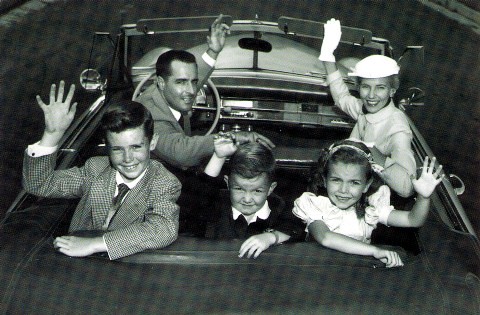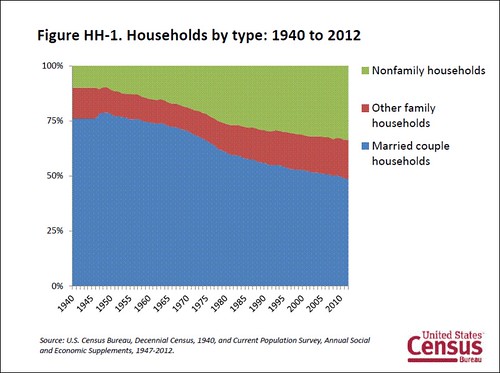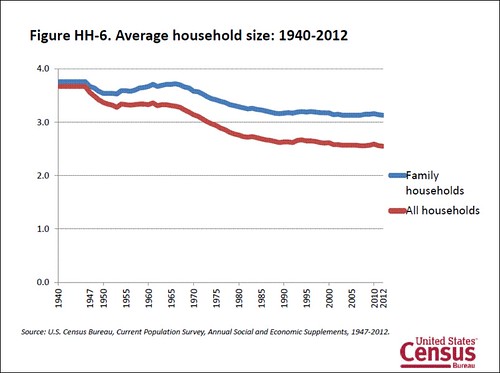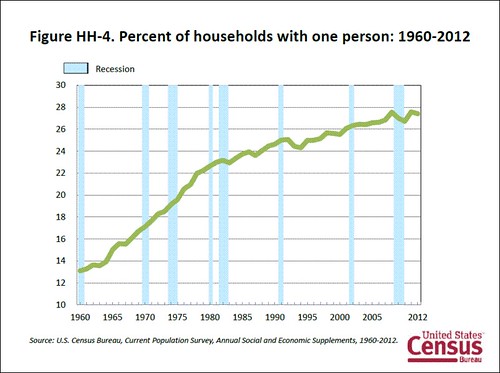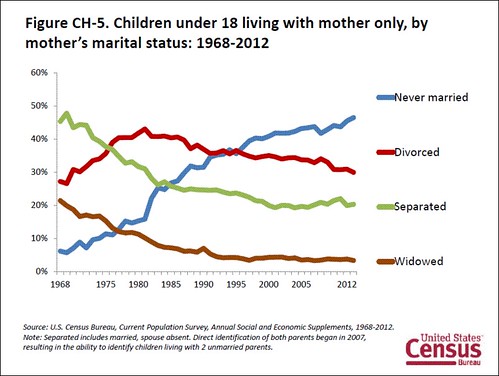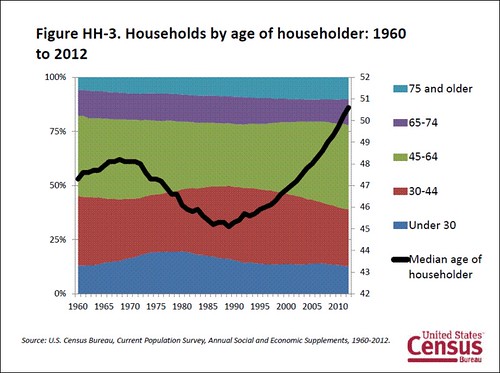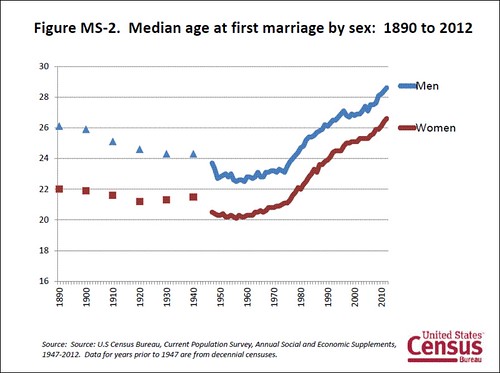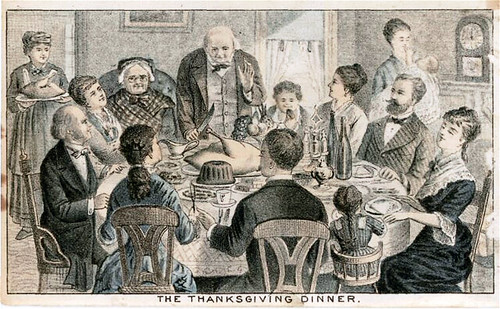Meet the modern American family

Posted November 21, 2012 at 12:00PM
There is probably no other annual event in American culture that extols the concept of family more than Thanksgiving, which we celebrate tomorrow. I’ll be at my in-laws' home, watching as much sports as possible while still being friendly.
We romanticize family in our society: just watch TV commercials to confirm that. But does our storytale version of family life resemble real family life? Does it exclude people who are not part of or close to their families? Is the concept of "family" changing, with implications for the planning profession? The answers are, of course, seldom; usually; and definitely.
Why does this matter to communities and sustainability? Because we must plan the future of our cities and neighborhoods to account for reality, not our memories, a rosy version of what some believe today’s households "should" be, or even our own personal situations.
As it turns out, the way households are going to be evolving over the next few decades is toward more singles, empty-nesters, and city-lovers, none of whom particularly want the big yards and long commutes they may have grown up with as kids. There will still be a significant market for those things (for example, my in-laws), but it will be a smaller portion of overall housing demand than it used to be. This means that the communities and businesses that take account of these emerging preferences for smaller, more walkable homes will be the ones that are most successful.
Last week the Census Bureau released some fascinating graphs and data about the current state of American households. People are marrying later than they used to, for example, if they marry at all. Among other relevant statistics, the number and portion of people living alone has risen steadily and significantly for decades. So has the number of unmarried couples living together, nearly eight million today compared with only around three million as recently as 1996. Even the number of unmarried couples with children has doubled in less than 20 years.
The portion of children living with two parents has dropped dramatically from 1960, from just under 90 percent of all children in 1960 to around 70 percent in 2012. Statistically, almost all of the change can be explained by a dramatic increase in the portion of children living with single moms. But it's not for the old reasons: the percentage of kids living with widowed, separated, and divorced mothers has actually gone down in recent decades. There has been a sharp increase, however, in the portion living with never-married mothers.
In general, married-couple households have declined sharply since the 1950s, from over 75 percent of all households then to about 50 percent now. The major share of that change has been an increase in “nonfamily households” consisting of singles or persons not “related to each other by birth, marriage or adoption.” Average household size has gone down, too, from about 3.7 persons in 1940 to about 2.6 persons now; family households have dropped from about 3.8 persons to about 3.1.
The median age of householders (persons whose names are on deeds or leases) has risen consistently since the 1980s. A strong majority of households are headed by people 45 and older, and the portion has been increasing in recent decades. This prompted the Census Bureau blog to run the headline, “The Graying of American Households.”
For a slim majority (52 percent) of married couples, both spouses are in the labor force. But the portion fitting the 1950s “traditional” model where the husband works and the wife doesn’t is much smaller (about 23 percent). In the remainder of married households, either the wife works and the husband doesn’t, or neither works. There has been a steady decrease in the portion of households where only the husband works since at least the 1980s.
Even for couples with kids under six years old, a majority of households have both spouses in the labor force. But, for married couples with kids under 15, about a quarter have stay-at-home mothers, consistent with the related statistic above. Curiously, the portion of households with kids and stay-at-home mothers is actually higher today than in 1994.
So, as many of us connect with families in one way or another on Thanksgiving, I can't help but observe that there really is no "typical" American family living under the same roof these days, if there ever was. Rather, we have a diverse and changing array of household types and circumstances that smart planners and businesses will seek to accommodate. The census data show that the growing parts of the housing market are nonfamily households, smaller households including people living alone, unmarried couples, single-parent households with kids, and older households. The declining parts of the market are larger families, married couples, two-parent households, and couples with only one breadwinner, though each of these categories clings to a significant share of the total..
Interesting stuff, and mostly good for those of us who would like to see less sprawl and more walkable neighborhoods. But also a bit complex.
Related posts:
- Central cities now growing faster than suburbs, confirming trends for walkable lifestyles, shorter commutes (June 29, 2012)
- New housing forecast mostly good for walkable communities (May 17, 2012)
- How the evolving housing market will help sustainable communities (April 4, 2012)
- Geography of housing recovery favors cities and walkable neighborhoods (October 26, 2011)
- Housing market strengthens for smart growth: dramatic new data from the DC area (April 26, 2010)
- The future housing market looks good for smart growth, says Business Week (July 17, 2009)
Move your cursor over the images for credit information.
Please also visit NRDC’s sustainable communities video channels.
